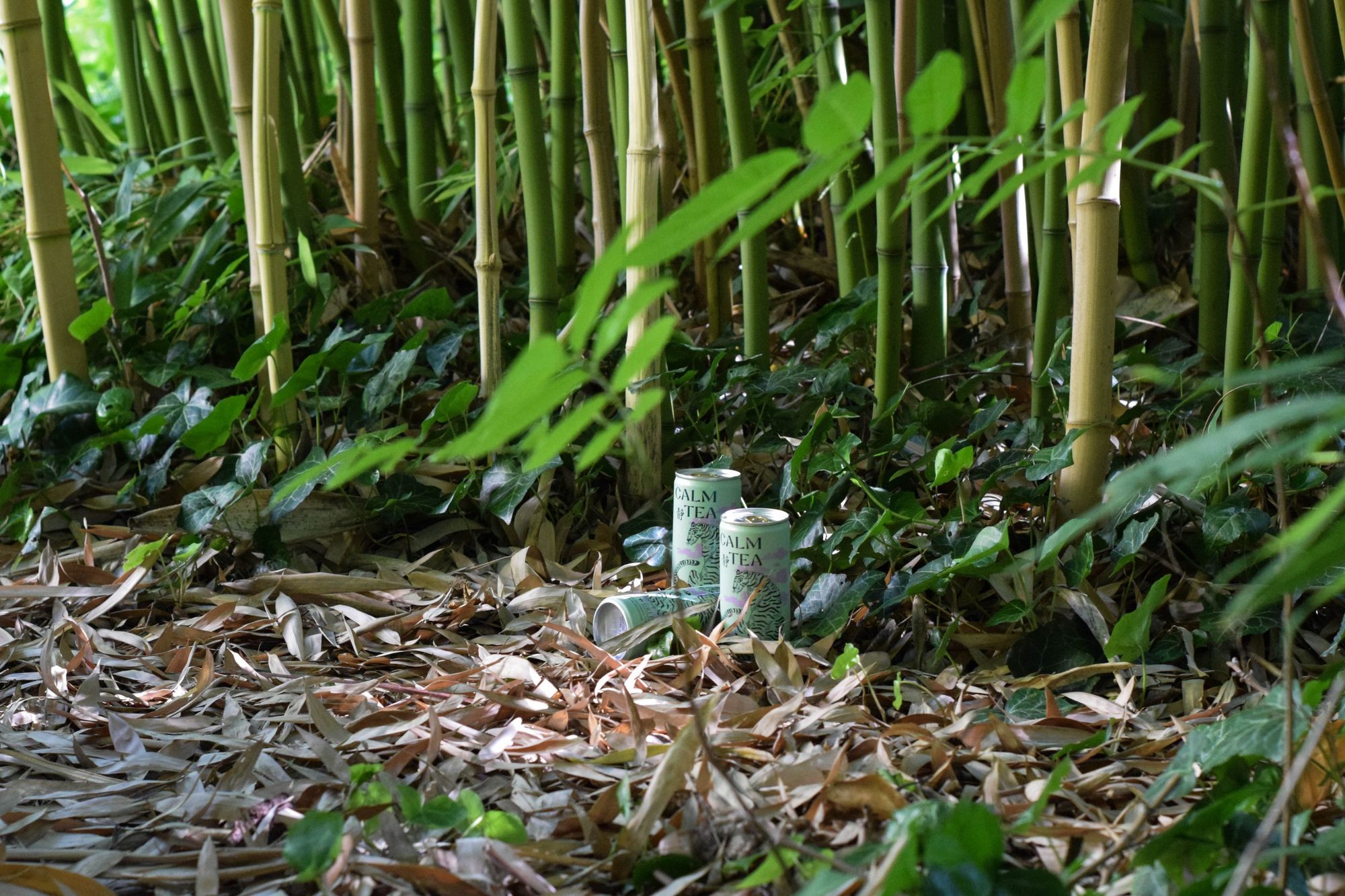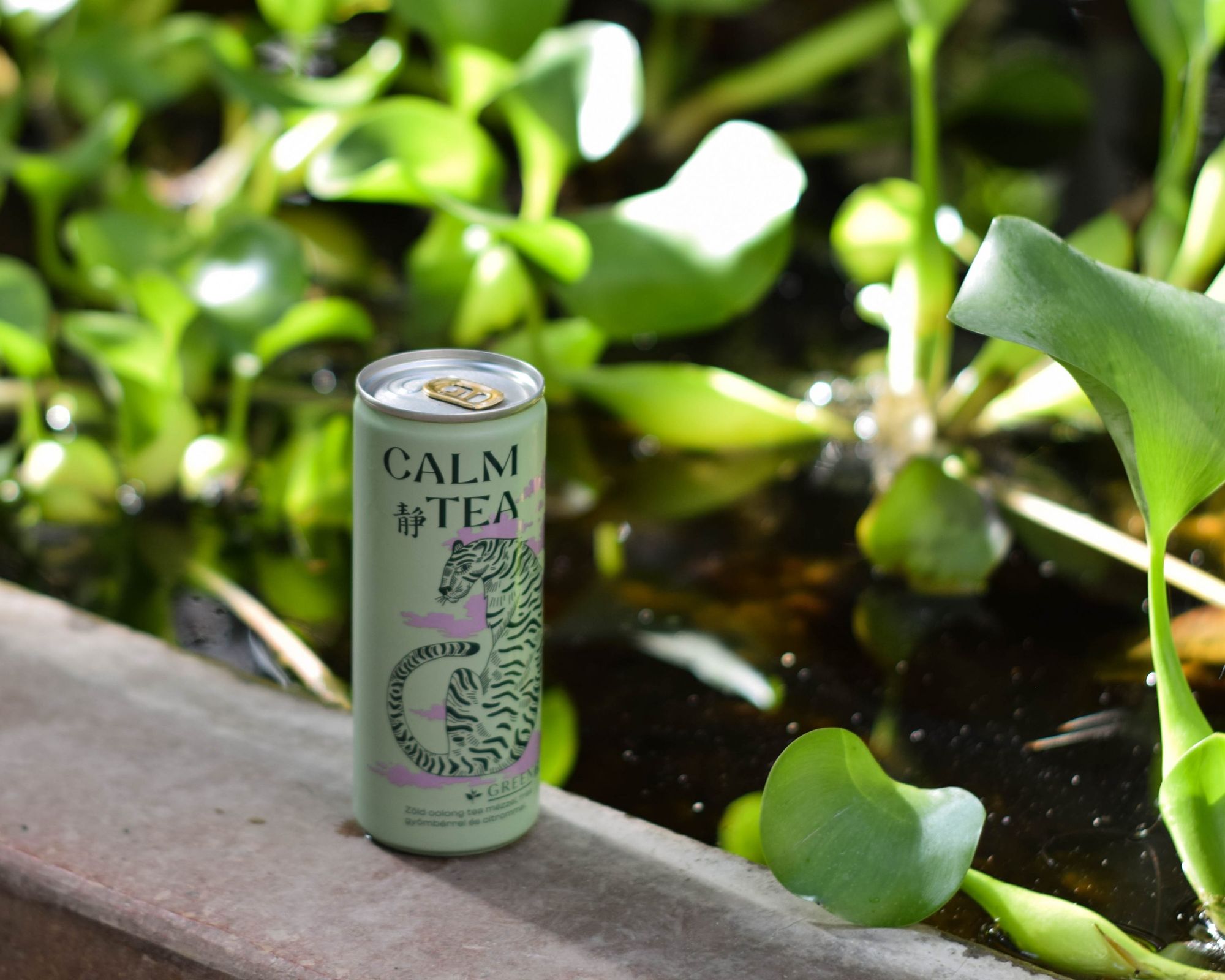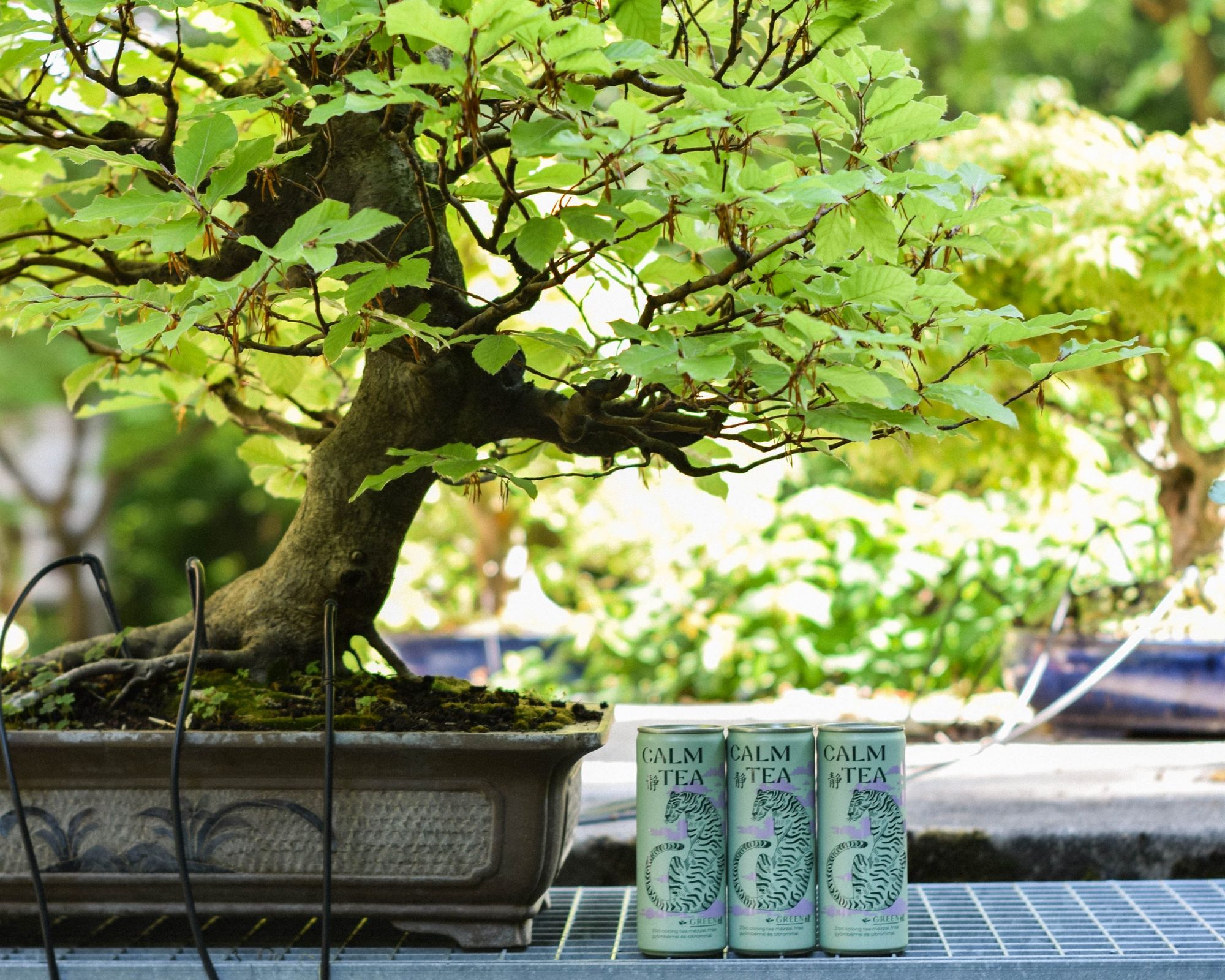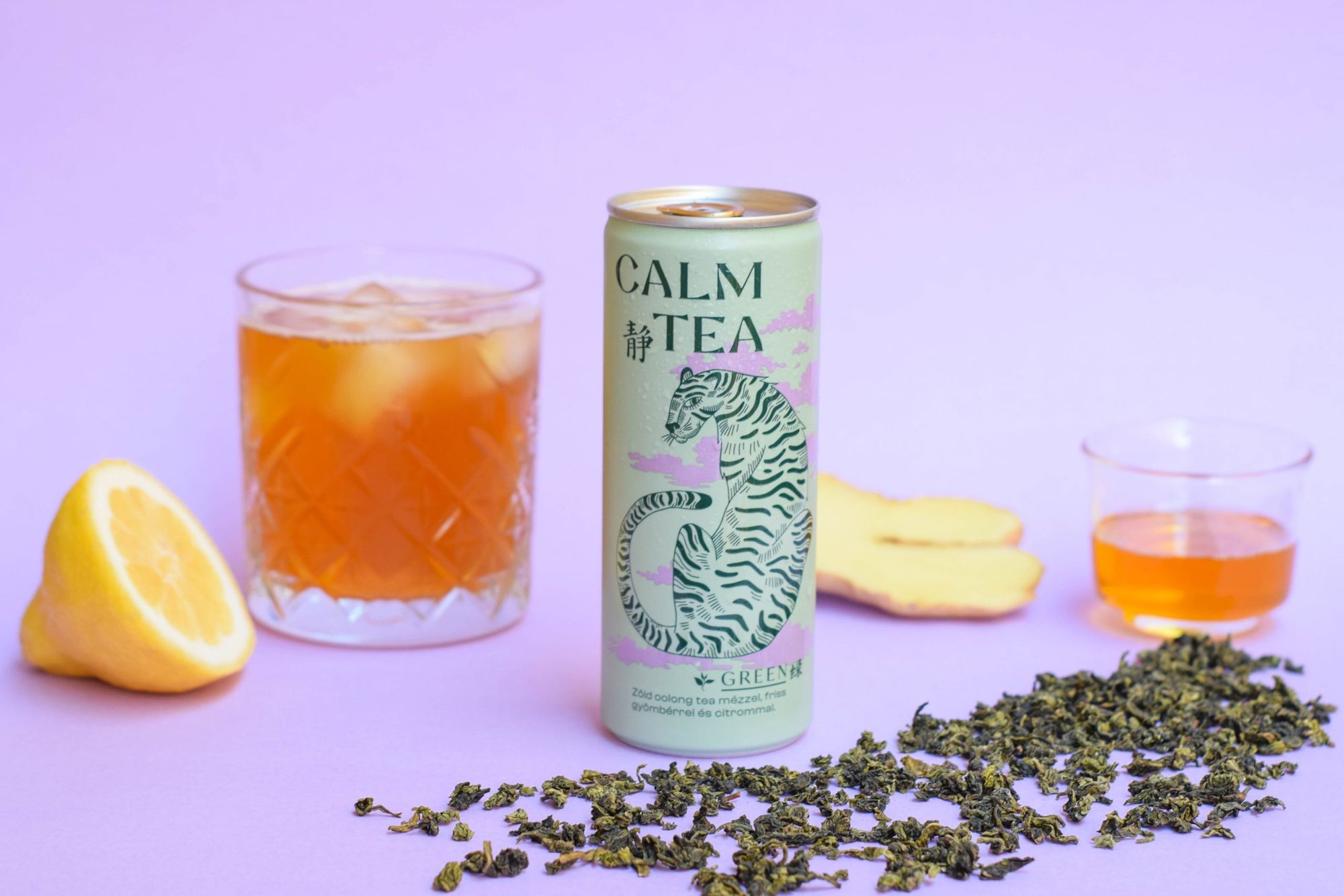Anyone who’s at least slightly familiar with Chinese tea culture knows that this is a topic that cannot be compressed into one sentence, however, it might be compressed into a metal box—that’s what Olivér Kövecses thought before founding Calm Tea with all his knowledge and enthusiasm.
A cup of tea’s not just a couple of buds and leaves in hot water; when prepared and consumed with dignity, it reveals the history, traditions and spirit of a mighty country. The taste is both defined by the types and processing methods of the leaves (which we earlier discussed here). It’s difficult to show all of this in a way that everyone everywhere understands, even if they participate in several tea ceremonies. In 2011, Olivér Kövecses was studying finance at Corvinus University when he was looking for a pastime for his empty hours. He considered learning a language, including Chinese—at first for practical reasons, but he thought it could be an exciting choice, with even some potential for the future.

One semester followed the other, and he found himself with a scholarship allowing him to move to Shanghai for a year, to polish his Chinese knowledge in a native environment. He later repeated this in Hangzhou, a tea-producing city with a population of 10 million, 300 km away from Shanghai. Moving back home, he brought the love for tea and, of course, some tea leaves in his backpack. He wanted to show the knowledge he acquired in China, so he founded Green Tea Leaves and started trading. This led to a moderate business success, so he had to reconsider it.

Meanwhile, he experimented with teas at home, as well, and realized that leaves originating from China, Japan and India, especially the green oolong type provides a very exciting experience when consumed cold, as well. After finding the right producing partner, he presented the drink as a refreshing cold brew last year. The public reaction to Calm Tea, made under artisanal conditions, was positive, but few people knew about it at the time, and there was more feedback on the fine-tuning of the flavors. Olivér didn’t stop there, he conducted nearly 150 experiments to make the green tea character more striking, but not overpowering. He also changed the steeping method and added fresh ginger, lemon and a bit of farmer’s honey to the blend. This way, the taste isn’t bitter, but doesn’t go off quickly, either. Of course, there are parts of the process that he couldn’t optimize beyond a certain point: for example, most of the factories that bottle canned drinks (which was the best possible option for him, since it can be recycled as well as it prolongs the expiration) are not equipped for brewing, so the tea is made in one factory and canned in another. But Olivér keeps on experimenting and already thinking about new products to present.

A good product deserves good branding, which was the main reason for the success of the cooperation with Studio Ü. The Budapest-based graphic studio gained inspiration from the slightly pop, slightly traditional Asian world, the girls designed unconventional colors and iconic tiger motifs, for whom Olivér designed a website and complementing elements. This characteristic design immediately catches our eye, making the product more and more successful, it can be purchased in 50 stores all over the country. And finally, the result was worth the effort—the natural, yet exciting drink completely redefines iced tea. Whether it’s served cooled or uncooled, it’s excellent and offers a compact insight into the universe of Asian tea culture. It’s interesting to note that green tea is generally seen as a stimulant, but the ritualistic nature of its drinking tradition here encourages us to stop the daily rush and, while taking a sip, to slowly focus on this and nothing else. It’s like taking a can of peace with you, which, if only for a few moments, makes the world a better place.


A multipolar world comes without Russia - interview with Máté Vigóczki

Classicism and modern elegance mingle in this Ukrainian ice cream parlor










